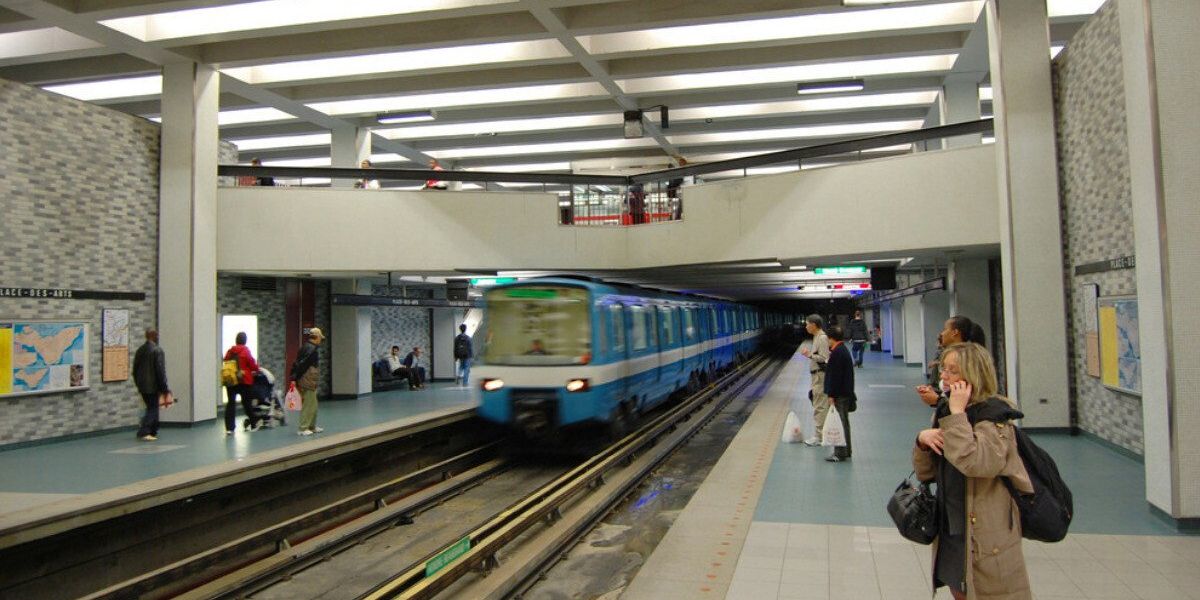Thinking of living solo in Montreal? You’ll want to take a close look at your income, because even just getting by isn’t cheap.
According to a new report from the Institut de recherche et d’informations socioéconomiques (IRIS), the minimum after-tax income needed to live with dignity in Montreal has jumped to $40,084 (after tax) in 2025. That’s a 4.2% increase from last year and reflects the rising cost of housing, food, and basic essentials.
To be clear, this number doesn’t reflect luxury — it’s just what IRIS considers the minimum to avoid poverty without relying on food banks or skipping rent.
While Montreal’s viable income requirements are among the highest in the province, other cities also reflect the growing cost of living:
- Gatineau: Single individual requires $42,110 (up 9.5% from 2024)
- Quebec City: Single individual requires $35,872
- Sherbrooke: Single individual requires $33,878
- Saguenay: Single individual requires $32,077
- Trois-Rivières: Single individual requires $31,696
In Montreal, housing costs are the biggest factor driving the increase. IRIS points out that recurring rent hikes continue to outpace inflation, making it harder for low-income residents to keep up.
It’s even tougher for families. To meet the revenue threshold in Montreal, a couple with two kids in daycare would need to earn at least $85,200 after taxes. Meanwhile, a single parent with one child needs to take home at least $52,285 after tax. With 18% of Quebecers living below that income line, IRIS argues that Quebec’s current minimum wages current minimum wage and income supports fall short of ensuring a decent standard of living.
For context, the province’s minimum wage was just raised to $16.10 an hour, which equates to an annual gross income of about $33,000.
Some good news? Transportation costs for drivers have dipped slightly due to lower gas prices. But overall, the rising cost of living is still outpacing wage growth — especially for renters and single earners.
IRIS releases its liveable income report annually as a way to highlight income needs in real terms, city by city. It’s often used by community groups, researchers, and policymakers to push for wage increases and stronger public services.
You can view the full report and breakdown by city at iris-recherche.qc.ca.
Love this? Check out our MTL Blog noticeboard for details on jobs, benefits, travel info and more!
AI tools may have been used to support the creation or distribution of this content; however, it has been carefully edited and fact-checked by a member of MTL Blog’s Editorial team. For more information on our use of AI, please visit our Editorial Standards page.


